Western Flower Thrips (Frankliniella occidentalis);
Strawberry mite (Phytonemus pallidushrips);
Tobacco thrips (Thrips tabaci).
Pepper, cucumber, eggplant, strawberry, rose, gerbera, chrysanthemum.
1 litre – bottle;
5-litre paper bag;
Paper/ foiled hooked-sachets;
50 meters’ tape of hooked sachets.
The female is oval and has 4 pairs of legs, its length is about 0.6 mm. The body is usually beige, but the color can vary from pale yellow to light brown depending on the feeding. The legs are long, especially the front pair. On the dorsal shield, there are 17 pairs of setae approximately equal in length. Tubular elongated spermateca (receptaculum seminis) twice as much as its width. Its atrium is small and distinct. There is 1 tooth on the movable cheliceral digit. Males are smaller than females, their length is 0.43 mm and chelicera has a specific form of spermatodactyl.
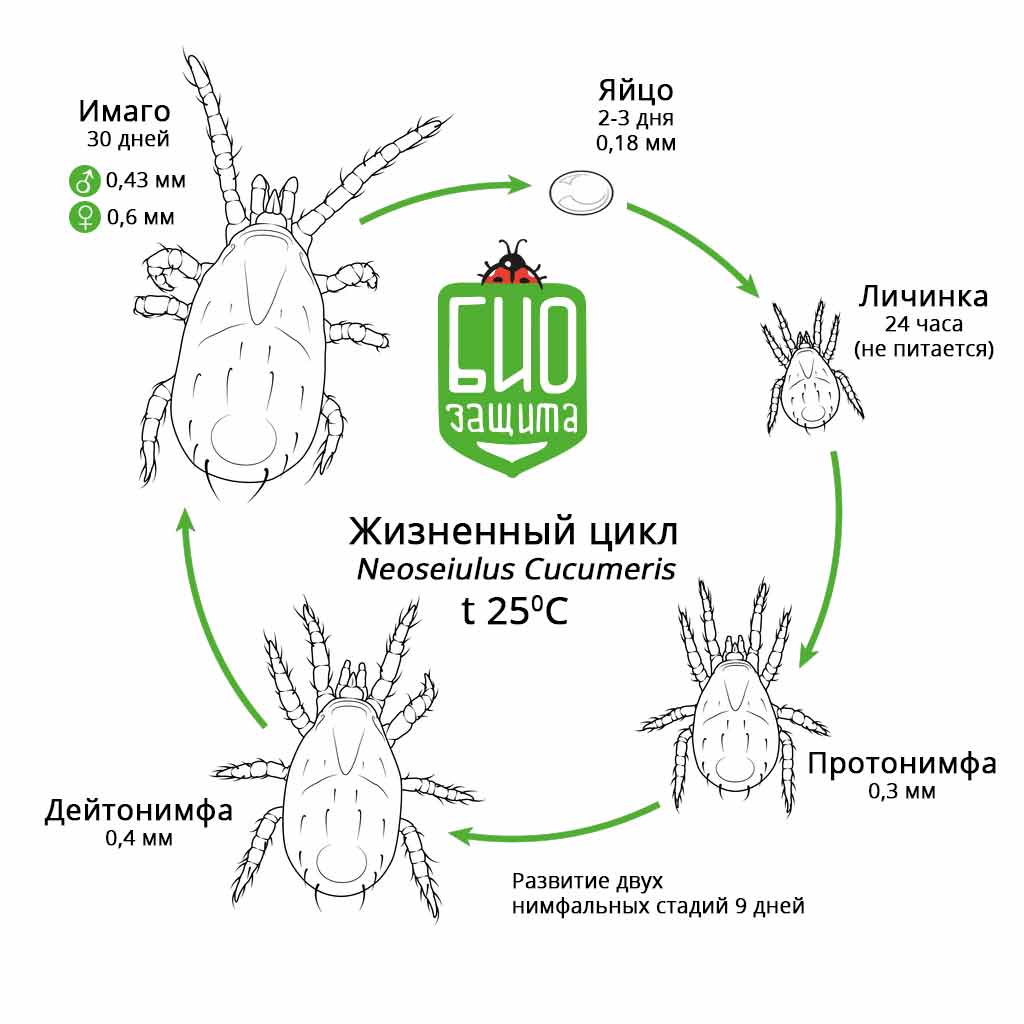
Eggs are pale white, its surface is smooth and shiny. The shape is oval, ovoid. The length is about 0.23 mm, the width is 0.18 mm. The females lay eggs on the underside of leaves, between their veins, preferring trichomes. Fertility reaches 30-35 eggs.
Larvae of A. cucumeris are matt-white, low-mobility. They have only 3 pairs of legs and don’t feed.
The active predatory protonymphs have 4 pairs of legs on the second stage of pre-imaginal development. The body is milky-white, the length is 0.3 mm.
Deutonymphs of A. cucumeris have 4 pairs of legs on the 3d stage of pre-imaginal development, the body is whitish but larger. Its length is 0.4 mm.
| Instar of development | The time of pre-imaginal development at a constant temperature (°С) | ||||
|---|---|---|---|---|---|
| 15 | 20 | 25 | 30 | 35 | |
| Egg | 9,2 | 4,1 | 2,2 | 1,8 | 1,6 |
| Larvae | 2,6 | 1,7 | 0,9 | 0,8 | 0,8 |
| Protonymphs | 8,1 | 3,5 | 2,9 | 1,7 | – |
| Deutonymphs | 5,5 | 5,2 | 2,1 | 1,9 | – |
| Total | 25,4 | 14,5 | 8,1 | 6,2 | – |
At a temperature of 25 °С the adult female eats from 2 to 6 thrips larvae of the 1st instar per 1 day. They have readily eaten the 6.6 pieces of eggs of the Tarsonemidae family (strawberry mite) for an average. In the case of victims’ absence flower pollen is an alternative source of feed.
The local strategy is designed for the effect of a «live insecticide» and is used during periods of pest population growth or for the rapid application on young seedlings, which have been planted near each other in the greenhouse. Beneficial insects are released at localized breeding outbreaks. For this purpose, the scattering substrate (tube or bag) with different stages of predatory mites is used evenly across the surface of the crop. Applications are carried out every week by standard 125-500 ind./m2 or 50 – 200 individuals per plant (this is a concentration in an outbreak and around its). In this way, an effective ratio is achieved in the predator-prey system.
| Bioagent name in Latin | Prevention | Doses of the application by a degree of infection | ||
|---|---|---|---|---|
| Small | Average | High | ||
| Amblyseius cucumeris sachets | 1 ind/m2 | 1 ind/m2 | ||
| Amblyseius cucumeris bran | 100 ind/m2 | 200 ind/m2 | ||
| Amblyseius cucumeris vermiculite | 200 ind/m2 | 400 ind/m2 | ||
| Frequency of application | Once in a month | In a week | Weekly | Weekly |



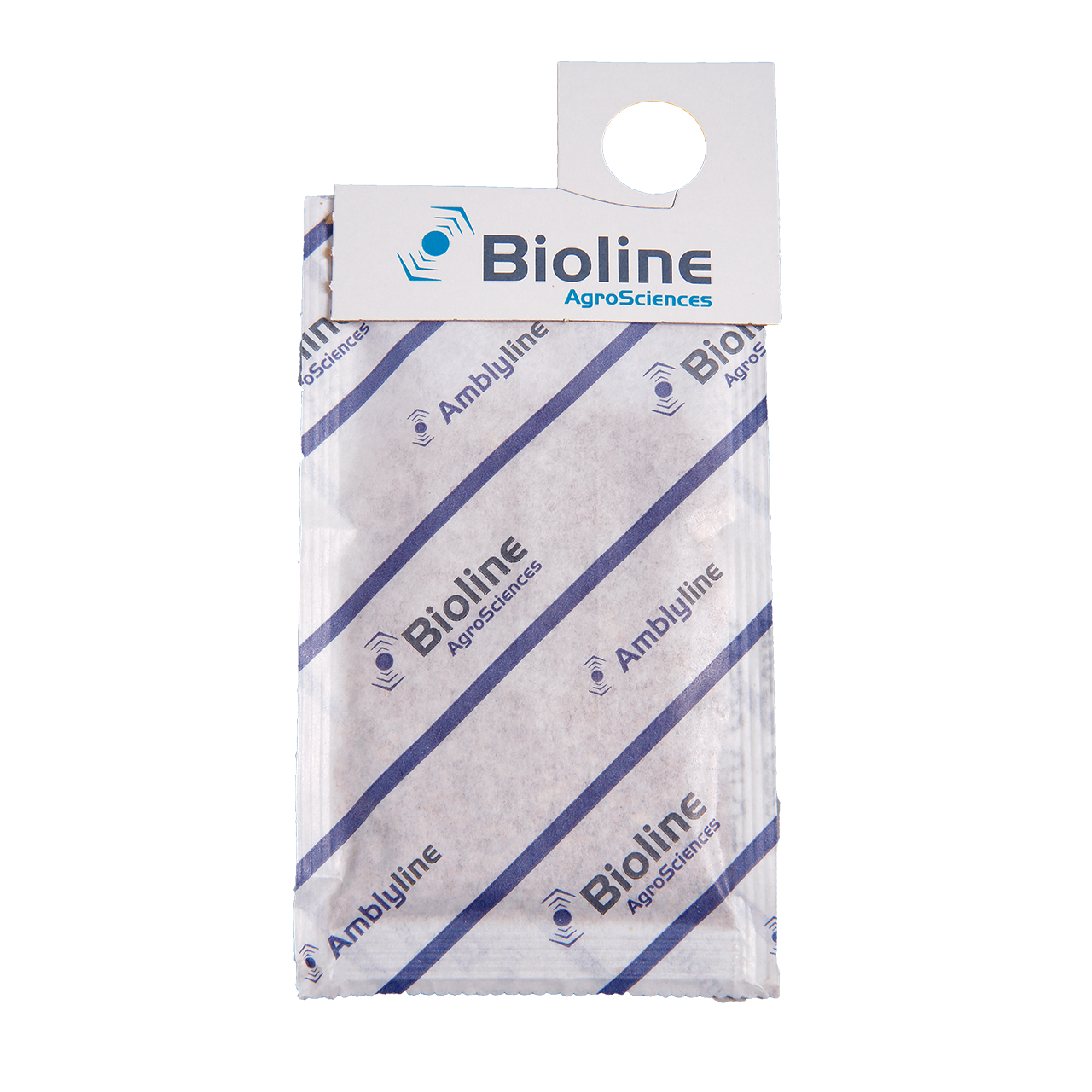
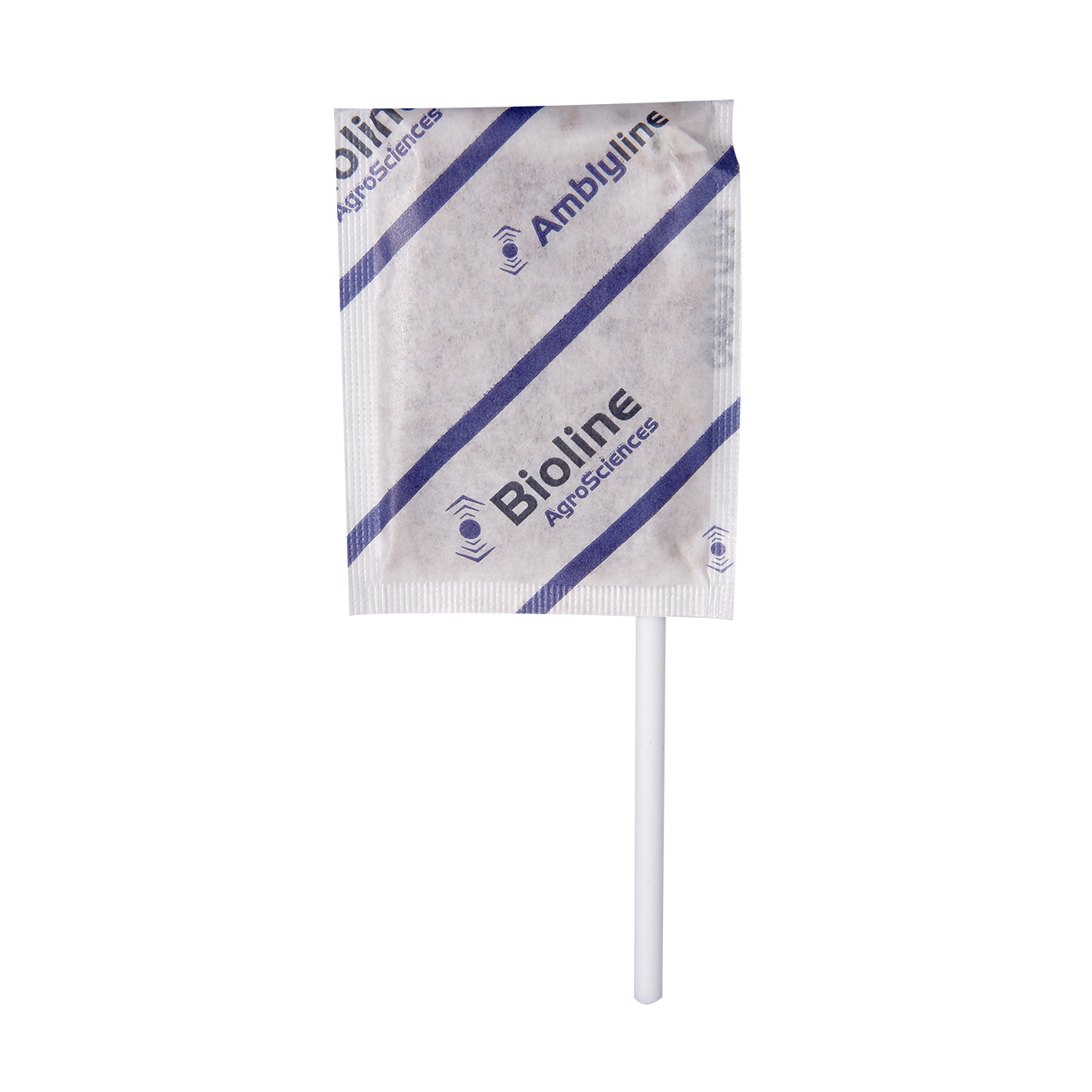
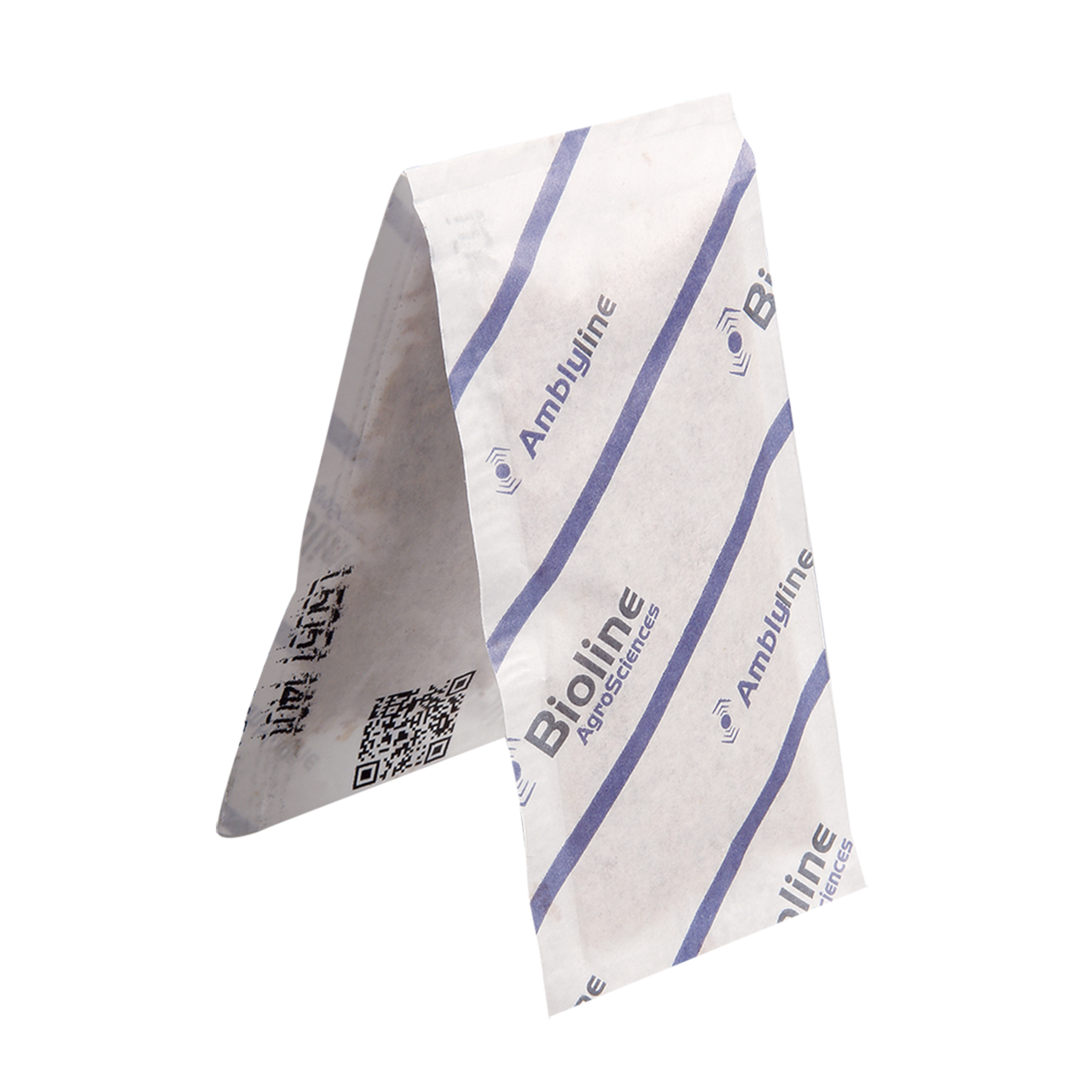
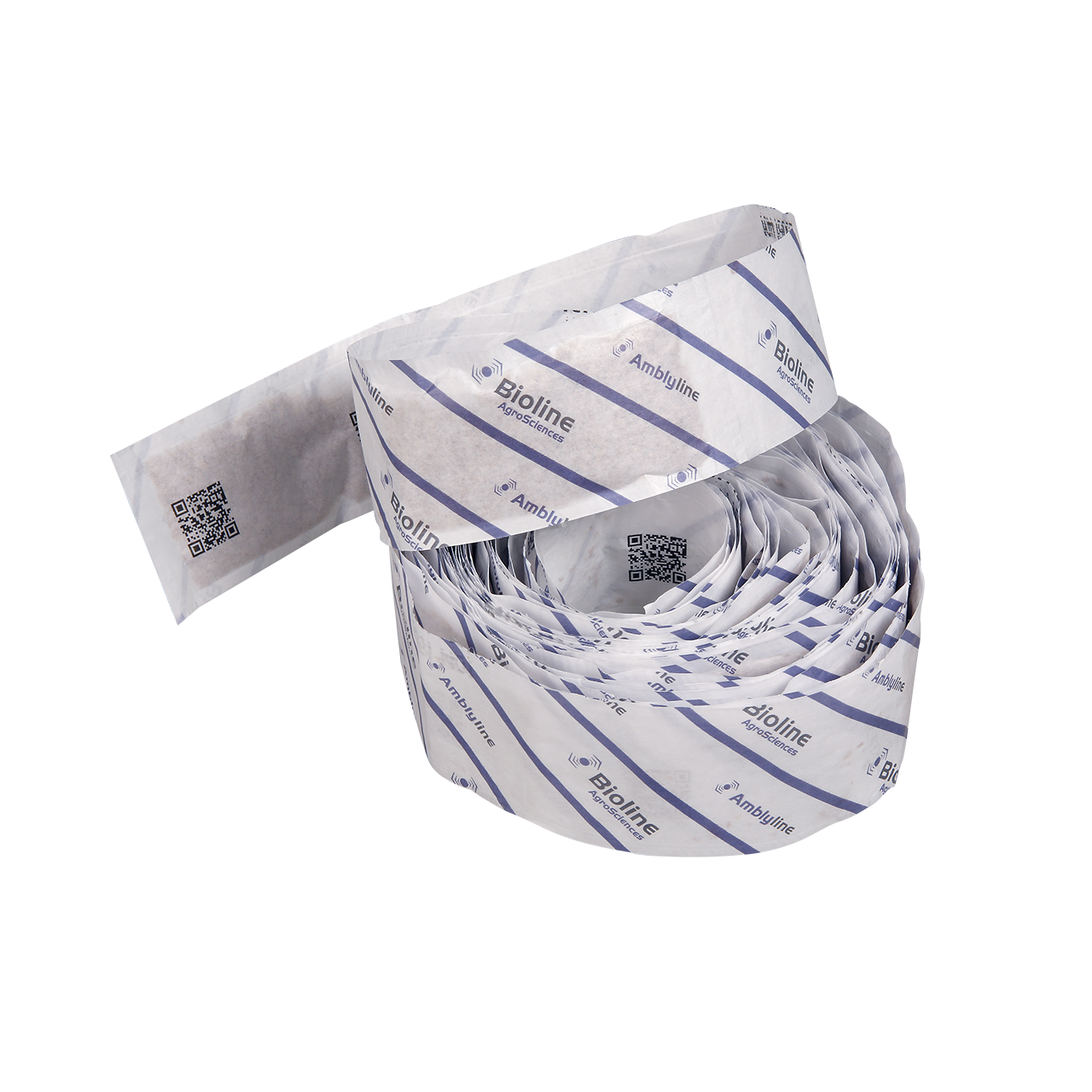
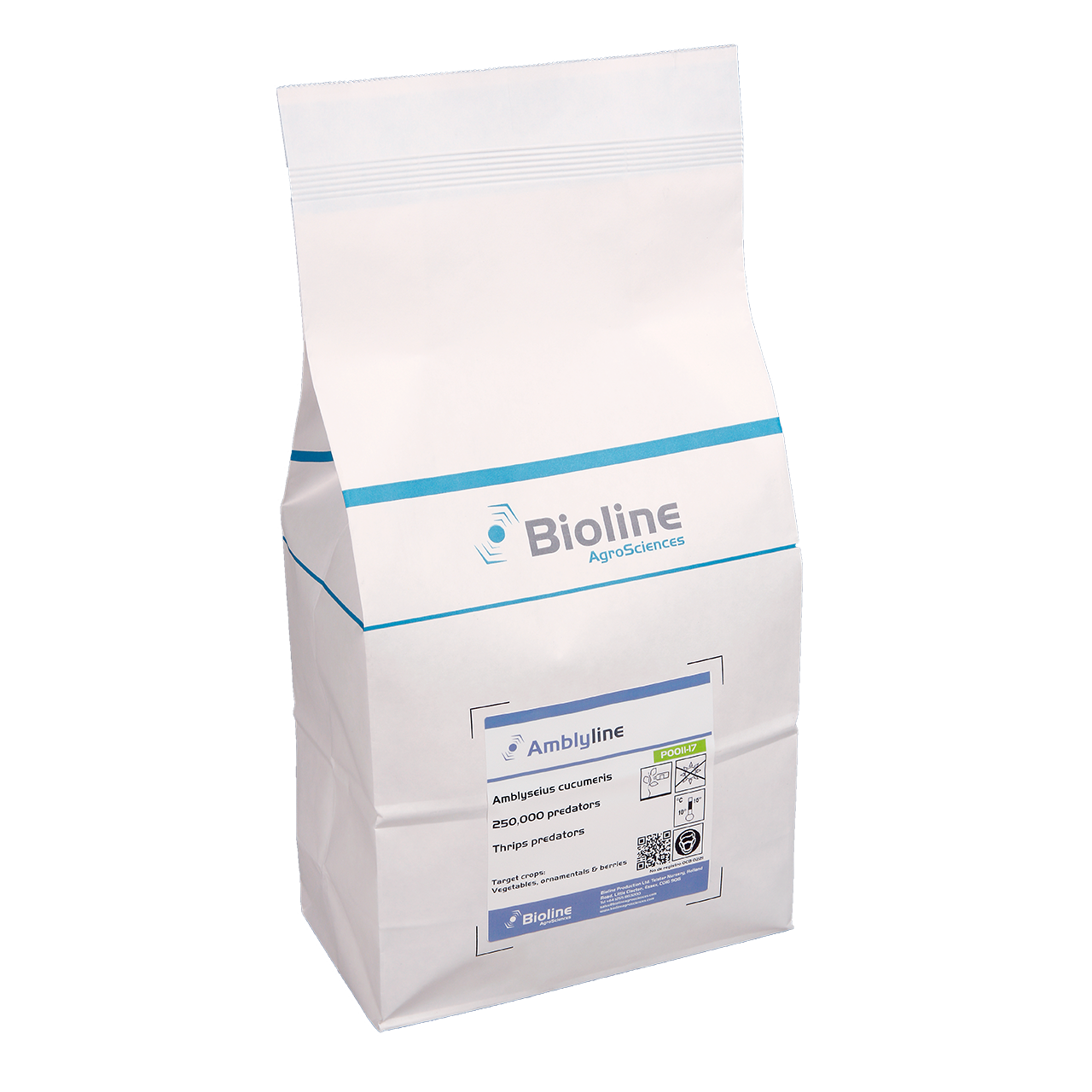
Оставить комментарий